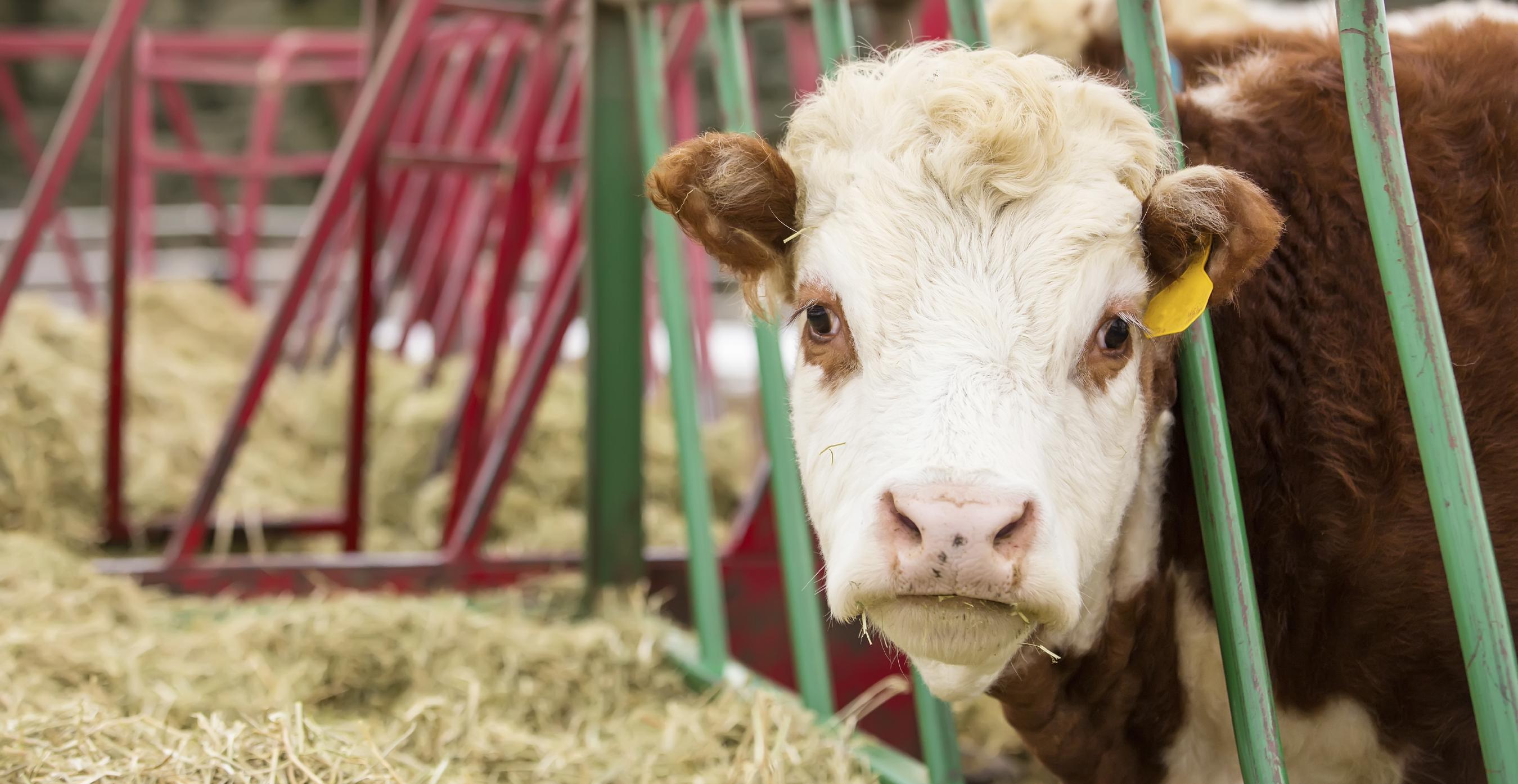What Causes Campylobacter?
Water And Sewage Systems

Water and sewage systems are a final factor in the transmission of Campylobacter. Modern sewage systems largely eliminate Campylobacter transmission from a society. This is another issue that mostly affects the developing world, though after disasters like earthquakes or hurricanes, faulty water, and sewage systems can become a first-world problem. Treating water with chlorine can inactivate campylobacter. This can spare people painful diarrhea. Diarrhea is not only embarrassing, but it can also be closely linked to dehydration. Safe water is a major factor when it comes to preventing zoonotic and foodborne illnesses.
Keep learning about the causes of Campylobacter now.
Animals And Campylobacter

Creatures are the reservoir for Campylobacter bacteria. Living in proximity to and consuming animals greatly increases the risk of Campylobacter transmission. Though humans are, of course, related closely to many other living beings, this bacteria doesn't naturally occur in us. It is transmitted across species, or zoonotically. Zoonotic diseases are those that move from one organism to another, causing illness in the process. Pasteurization and disinfection are the most reliable ways to kill this bacteria. Cleaning kitchens and food prep areas with bleach can go a long way to eliminating the transmission of Campylobacter.
Learn more about the causes of Campylobacter now and keep reading.
